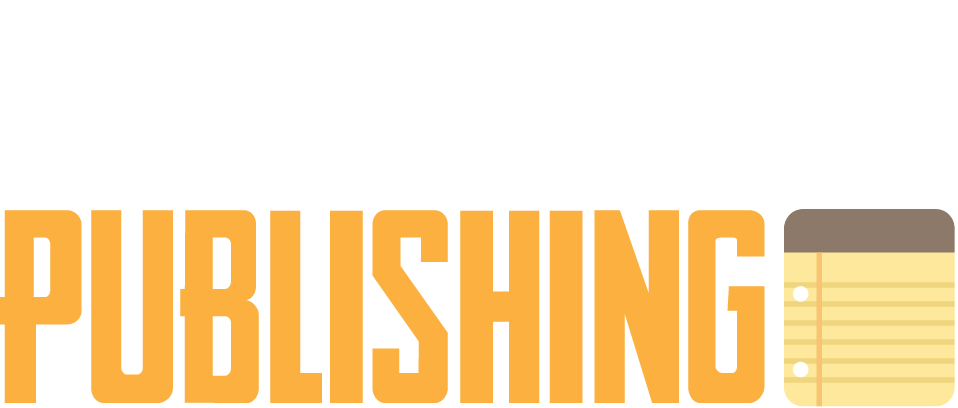From the beginning, I knew I needed character creation to be fast and easy in Dusk City Outlaws. I also knew that I wanted a game where most characters were composed of only two major elements. The roots of this are in Dungeons & Dragons (race and class), but in the last few years there have been a few games that have taken the A + B approach and refined it so that each of the two halves is weighted about equally in terms of their importance in character creation. The two that inspired me the most in the early days of Dusk City Outlaws were the edition of Gamma World I worked on at Wizards of the Coast and the Iron Kingdoms Roleplaying Game that came out a few years back. I loved character creation in those games, and they use one of my favorite techniques in games as a whole: asking the player to creatively interpret the combination of two static game elements. I love this game element because it lets players put a little bit of themselves, something uniquely their own creation, into the character before the first die is even rolled.
Gravediggers concept art by Joy Ang.
Another thing I knew from the beginning is that I wanted these two character elements to be on cardboard mats that you put out in front of you, similar to how board games like Arkham Horror or Shadows Over Camelot give you character cards. If I wanted there to be a short time between opening the box and being done making characters, I didn't want players having to copy information out of a book, or sharing books, or doing any of the other things that takes a while. Since I wanted to do the "pick A + B" style of character creation, I didn't think a character folio would work as well, so I settled on two cards that, when placed next to each other on the table in front of you, would take up about the same amount of space as a sheet of 8 1/2" x 11" paper. This decision later ended up being a real boon to making the game easy to play; I was able to put rules and gameplay reference information on the back sides of those sheets, meaning my players did not need to be constantly referencing a rulebook when they had simple rules questions.
For the sake of reducing analysis paralysis, I decided to make two distinct types of character aspect cards, which also had the added benefit of making it easier for the group to make characters; the players on one side of the table would choose from one set of character cards while the players on the other side of the table would choose from the other set of cards, and then swap. The decision to make one type based on the cartels, and the other type based on what you contribute to the crew, was in from the very beginning; the very first "version 0.1" prototype character aspects had this split.
Cartel aspects tell you about the larger organization of which you are a part; they also give you information on where you and your cartel-mates are conspicuous, what kinds of things you know about, and they give you some examples of how you can use your influence and connections to get things done on the Job. Each cartel aspect also has one special benefit that broadly defines the kinds of things the members of that cartel are good at. For example, the Circle, a cartel often used as the "muscle" of the crew for the Job, has a special benefit that makes it so that they can be more guaranteed to succeed when fighting with fists, knives, swords, and other melee weapons.
Specialty aspects tell you what your role is on the crew and on the Job. They give you your equipment, provide you with multiple special benefits, and also list your skills. If the cartel aspect tells you who you are, your specialty aspect tells you what you do. The Specialties in currently in the game include:
- Alchemist
- Assassin
- Basher
- Boss
- Brawler
- Cleaner
- Dabbler
- Fixer
- Grifter
- Mastermind
- Mole
- Poisoner
- Runner
- Sharpshooter
- Thief
- Trainer
Because a major goal of the game is to have minimal prep work to get going, that means that a lot of the interesting narrative twists and turns that a roleplaying game normally takes need to come from the players and the mechanics they use. The dice system discussed in the previous blog post is one method, but the specialty aspects carry some of this weight in their special benefits. Most specialties have one or more benefits that allow them to twist the narrative in unexpected and exciting ways. They rely on player creativity to use, and are often left intentionally open to interpretation, a necessary requirement for being flexible enough to be broadly applicable in many different situations.
The end result is a fast way to create characters that give the chance for players to engage in some creative interpretation. I think it also results in players spending more time thinking about the things that make their characters unique, since the bulk of the character creation process is thinking about how the particular combination of cartel and specialty manifests itself.
